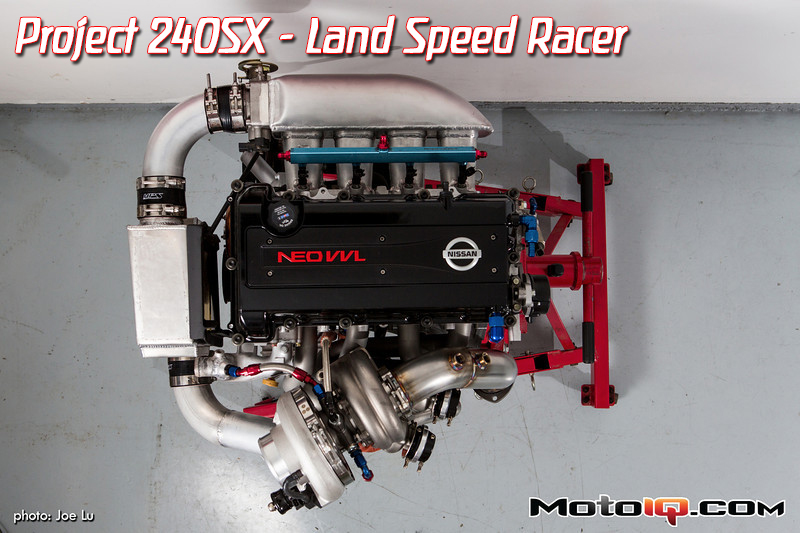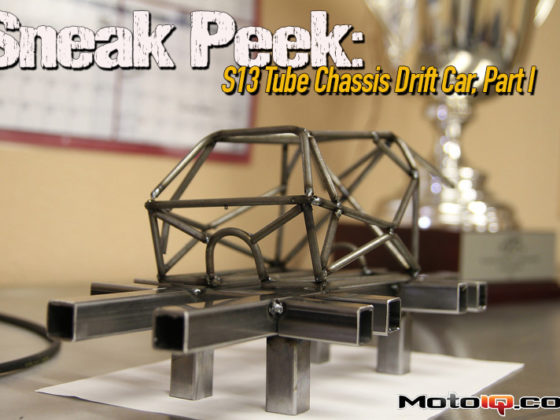,

With the rough grinding complete, the crankshaft is then placed in an oven for four hours at 980 degrees. After the four hour period, the oven is turned off and left to cool slowly overnight. By the time the morning rolls around the oven has cooled to around 280 degrees. The doors are cracked slightly and the crank is slowly brought down to ambient temperature. This process helps relieve internal stresses that resulted from the welding process.


The crank is then checked and straightened again if necessary. It is then rough ground again, but this time to .025″ in diameter and .005″ in width. Following that the oil holes are deburred and cleaned. The tops of the welds are also deburred. The journal is then finish ground to size and the oil holes chamfered and tear dropped.

Our crank was finish ground slightly undersized to allow for the buildup, which occurs during the plasma ion nitriding process. Plasma ion nitriding is a case hardening process that produces a thin, yet hard shell on the surface of the journal which functions optimally as a bearing surface. Once returned from the ion plasma nitirde process, the journals are then polished to remove the chalky build up caused from the heat treating process. Finalyy, the crankshaft is straightened again.

Since the welding process throws the crank out of balance, Joe Castillo rebalanced our destroker crankshaft. Then, the entire rotating assembly (crank, rods, and pistons) were balanced as a unit.
With a stroke that was 22.5MM (.886″) shorter in throw, definite changes were in order for the connecting rods and pistons. Using standard SR20DET length connecting rods and pistons would place the piston deep in the hole at TDC; in turn, resulting in a terribly low compression ratio, quench of the air fuel mixture, and a number of other incredibly stupid, undesirable things.

Photo stolen from Dave “the dumpster diver” Coleman.
One of the advantages that came with de-stroking our engine versus de-boring it was the freedom to now fill this space at TDC with a longer connecting rod and optimize rod ratio. Perhaps out of habit, I fell back on K1 Technologies' 4340 forged H-Beam version of the Honda H22A connecting rod again. We've had a lot of luck using this rod on our other SR20 long rod engines. The H22A rod length is 5.636″ which is .272″ longer than a factory SR20 rod which measures 5.364″.

The K1 Technologies' H22A rod is longer than the standard SR20 rod, yet shares the same bearing shell thicknesses along with BE and PE diameters. Lastly, its width can be trimmed slightly to fit in between the cheeks of the factory SR20 crankshaft. However, in this case it wasn't necessary to modify the BE width of the connecting rod. Instead, Joe Castillo opened up the distance in between the SR20DET crank cheeks by .044″ to .947″ wide to accommodate the wider .938″ BE width of the K1 Technology's H22A connecting rod.



